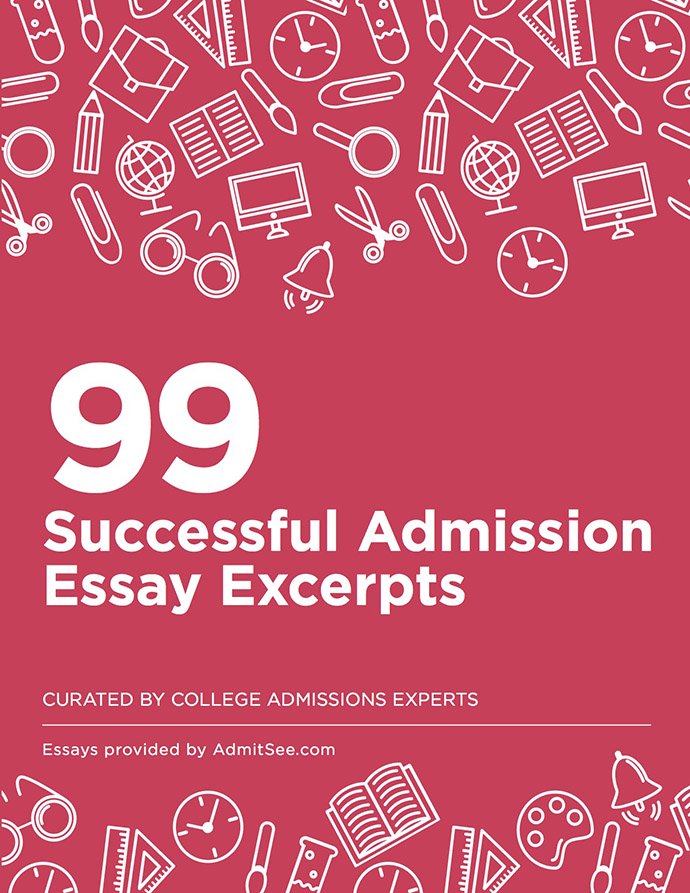Popular among high school students from the U.K. and Australia, gap years give you an opportunity to delay attending college for a year.

While gap years are as varied as the students who take them, popular gap year choices include teaching, volunteering abroad and internships that explore a future career choice. Students who’ve taken gap years say that they’re more prepared to meet college challenges and more certain of their choice of major. So before you commit to heading straight to college, take some time to think about the potential benefits and drawbacks of gap years.
Why More US Students Are Choosing Gap Years
Want to teach English abroad, work on a farm or hone your culinary skills? Gap years give you a chance to explore something that interests you and gain valuable life experience before you head to college. They should be free of credit-earning academic work, but you should still pick an experience where you can learn skills that will help you thrive as an adult. This experience also gives you a chance to decide if your chosen major is the right path for you before going to college.
A survey conducted by the American Gap Association found that 97% of college students thought their gap year increased their maturity level, and 84% believed they gained valuable career skills. Nearly three out of four respondents said that their gap year increased their readiness for college.
A gap year may also give you another chance to apply to a dream college. Some students report that they got accepted to more prestigious colleges after college admissions officers saw their gap year accomplishments. Researchers also found that college students who took gap years had higher college GPAs.
Even if you’re already a high achiever, gap years can be a useful way to avoid academic burnout. It can give you an opportunity to learn how to live as an adult, away from your parents, without the stress of taking a full course load. You’re also likely to be more creative and productive heading into your freshman year.
Gap Year Drawbacks
So if gap years are so great, why are they still relatively rare in the United States? For most students, the answer comes down to money. Living abroad, volunteering and prestigious internships can be costly: The New York Times report that immersive gap year programs can cost $35,000 or more. Gap year programs that pay for living expenses or offer stipends are usually very competitive, so you may not get a spot unless you’re highly accomplished.
Still, even if a gap year program doesn’t fit your budget, there’s still plenty of worthwhile opportunities to explore for a year. The key to a successful gap year is plenty of planning if you don’t enroll in a structured program. Decide exactly what you want to accomplish during your year off before making any decision. There are several books that can help you plan a less traditional path worth a delay in graduating college.
Your college may not support your gap year plans. Some colleges, such as Harvard, actively encourage gap years among entering freshman. Other colleges, such as Berkeley, may require you to reapply if you don’t go right after high school. Your college may require that you submit a written gap-year plan for a deferral, so prepare a detailed outline of your plans to use as a guide. Also, you may lose some scholarships if you don’t immediately go to college.
Despite the advantages of gap years, you’re the best judge of what will be the most beneficial path for your life. Don’t be afraid to discuss the possibilities with adults who know you well, and get excited for the year after graduating high school! Whether you take a gap year or not, you’ll have plenty of opportunities to grow.
Are you applying to college this year? Are you considering taking a gap year before enrolling? Let us know!
















 Back
Back